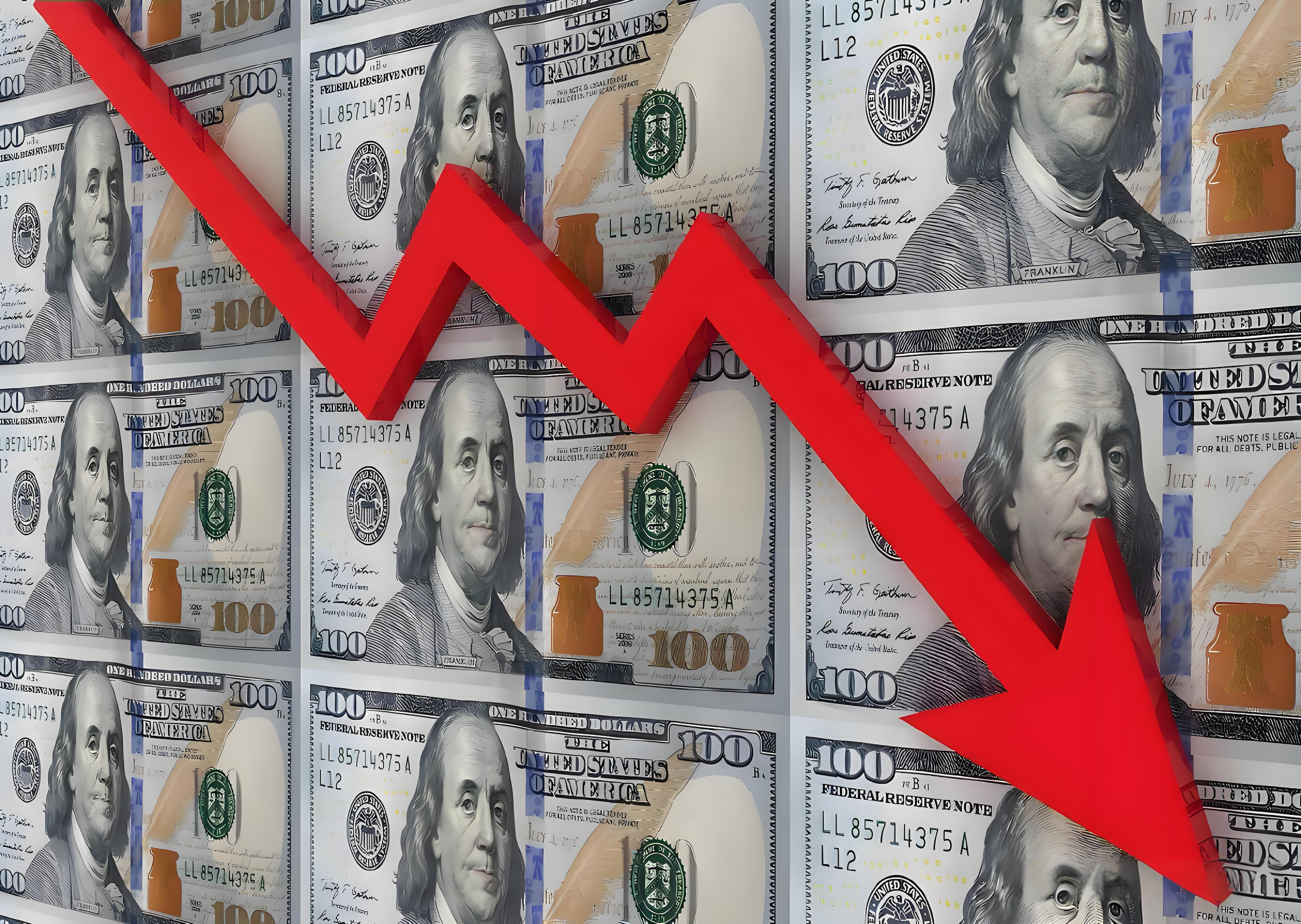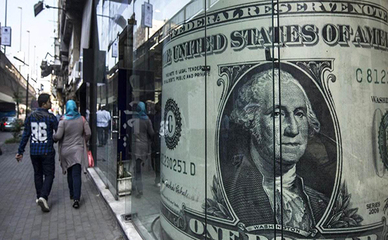
In the current context of a closely interconnected global economy, the monetary policy decisions of the Federal Reserve have always had a profound impact on the world economy. Since 2025, the Federal Reserve has paused interest rate hikes for the third consecutive time, maintaining the target range for the federal funds rate steadily at 4.25% - 4.5%. However, market expectations for subsequent adjustments to the Federal Reserve's monetary policy have become increasingly strong. It is widely anticipated that the Federal Reserve will initiate an interest rate cut cycle in June or July, with the expected rate cut range for the whole year reaching 75 - 100 basis points. The formation of these expectations is not unfounded; rather, it is supported by a complex economic situation.
Looking at the domestic economic data in the United States, although the labor market still shows some resilience with the unemployment rate remaining relatively low, certain economic indicators have shown concerning trends. For example, the manufacturing PMI data has fluctuated frequently, indicating a slowdown in the pace of manufacturing expansion and a certain degree of dampening of business investment confidence. At the same time, while inflation data has not fluctuated sharply, the growth momentum of the core Personal Consumption Expenditures (PCE) price index has gradually slowed down, and it still remains some distance from the 2% inflation target set by the Federal Reserve in the long term. These signs provide a practical basis for the Federal Reserve's future rate cut decisions.
Once the Federal Reserve's rate cut expectations materialize, there will inevitably be significant changes in the direction of global capital flows, and emerging markets will become the focus of attention. Judging from past experience, when the Federal Reserve cuts interest rates, the yield on U.S. dollar - denominated assets relatively decreases. In search of higher investment returns, investors tend to withdraw funds from the U.S. market and redirect them to emerging market countries. During their rapid economic development stage, emerging market countries usually have high economic growth potential and asset returns, which are highly attractive to global investors. Take some emerging economies in Asia and Latin America as examples. During previous Federal Reserve rate cut cycles, a large amount of international capital flowed into these regions, driving the prosperity and development of local stock and bond markets. In the stock market, the inflow of funds has led to a significant increase in stock prices and a rapid rise in corporate market capitalization, providing strong support for corporate financing and expansion. In the bond market, the ample supply of funds has reduced the financing costs of enterprises, enabling them to issue bonds at lower interest rates and raise more development funds.
However, while the large - scale inflow of funds into emerging markets brings development opportunities, it is also accompanied by many risks and challenges. On the one hand, the large - scale inflow of funds in the short term may lead to a rapid bubble in the asset prices of emerging market countries. Take the real estate market as an example. Excessive funds chasing limited real estate resources can easily lead to irrational increases in housing prices. Once the bubble bursts, it will deal a heavy blow to the local economy and may even trigger systemic financial risks. On the other hand, the inflow of funds may also cause the currencies of emerging market countries to face appreciation pressure. Although the appreciation of the domestic currency is beneficial to reducing import costs to a certain extent, it will weaken the international competitiveness of a country's export products, which is undoubtedly a huge challenge for emerging market countries that rely on exports to drive economic growth. In addition, when the Federal Reserve adjusts its monetary policy again in the future, funds may flow back to the United States rapidly. Such large - scale inflows and outflows of funds will pose a great threat to the stability of the financial markets in emerging market countries.
For the global financial markets, the Federal Reserve's rate cut expectations will also trigger a series of chain reactions. First of all, in the foreign exchange market, the exchange rate of the U.S. dollar may weaken due to rate cut expectations. As the world's major reserve currency, fluctuations in the exchange rate of the U.S. dollar will directly affect the exchange rates of other countries' currencies, leading to a new round of adjustments and fluctuations in the global monetary system. Secondly, the bond market will also be significantly affected. With the Federal Reserve cutting interest rates, the yield on U.S. Treasury bonds will decline, which will cause changes in the yield curves of the global bond market and affect the pricing and issuance volume of bonds in various countries. For emerging market countries, the decline in the yield of U.S. Treasury bonds may reduce their financing costs in the international bond market, but it will also increase the uncertainty and risks in the bond market.
In the field of international trade, the Federal Reserve's rate cut expectations will also have an important impact. The weakening of the U.S. dollar will make U.S. export goods more price - competitive in the international market, thereby stimulating the growth of U.S. exports. However, for other countries, especially those highly dependent on exports to the United States, they may face difficulties in exporting. In addition, changes in the direction of global capital flows may lead to a deterioration in the trade balance of some emerging market countries, further affecting their economic growth.
In conclusion, the expectations of the Federal Reserve starting an interest rate cut cycle in June or July 2025 present both opportunities and challenges for the global economy, especially for emerging market countries. Emerging market countries should fully recognize the impact of this trend, formulate corresponding policy measures in advance, strengthen financial supervision, prevent financial risks, and reasonably guide the flow of funds, so as to make full use of the development opportunities brought by the inflow of funds and effectively respond to possible risks and challenges, ensuring the stable and healthy development of their domestic economies. Countries around the world also need to pay close attention to the adjustments of the Federal Reserve's monetary policy, strengthen international economic policy coordination and cooperation, and jointly maintain the stability of the global economy and financial markets.

According to Bloomberg, a recent in-depth interview with Michael Dehal, senior portfolio manager at Raymond James' Dehal Investment Partnership, was released, focusing on the economic development prospects and potential risks of Canada and the United States in 2026.
According to Bloomberg, a recent in-depth interview with Mi…
TikTok Shop, the global e-commerce platform under ByteDance…
As a severe flu outbreak sweeps across the United States, w…
Recently, US Treasury Secretary Mnuchin publicly stated tha…
At the dawn of 2026, the United States launched a military …
From the stiff step when it first debuted in 2022 to demons…